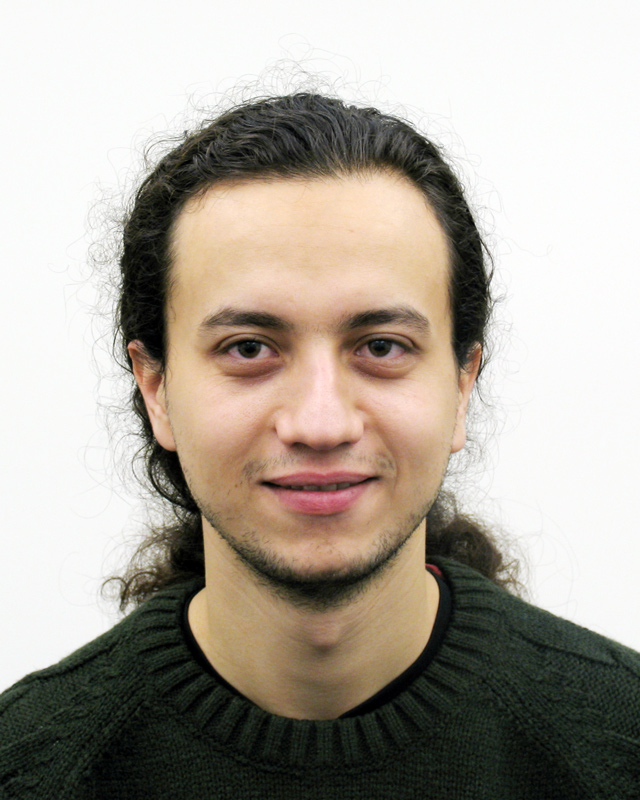My research is generally inspired by the necessity to develop machines that are closer to their biological counterparts
in terms of both capability and safety. Nature found solutions to many of the problems currently facing the robotics community
using compact, compliant, low-power components. These solutions are impressive in elegance and agility. Hence as a robotics
researcher, I am interested in alternative actuation/sensing mechanisms, relevant fabrication and control methods, as well as
minuaturization to enable advances in robotic functionality. Sub-tracks of this research plan can be listed as:
Soft robotics: Safe and adaptive robots that embed intelligence in their elasticity to negotiate with rough
terrain and conform to objects to be manipulated. Such robots have the potential to be utilized in human-robot interaction
projects, as tactile input/display devices, and in rehabilitation applications.
Printable robotics: Building 3-D real-world robots utilizing planar fabrication techniques has the benefit
of lower cost and higher speed. Current research focuses on origami crease patterns that become active components in a robotic
body when folded from a flat sheet.
Control theory: I have explored control systems on hybrid force/position control, bilateral teleoperation,
sliding mode control, adaptive control, iterative learning control, etc. These systems will act as an intelligence layer to
drive the robots autonomously, allow an operator to command them through a bilateral link, and observe states and parameters.
Micro/Nano-Science and Technology: Miniaturizing robots and components through micro/nano-manipulation may
reduce size or increase functional density. Improved components can be built using micro/nano-scale physical phenomena.
 I am a Postdoctoral Associate at the Distributed Robotics Lab in CSAIL, MIT. I work with Prof. Daniela Rus on unconventional robotic systems utilizing pneumatic and shape memory actuation of soft materials.
I am a Postdoctoral Associate at the Distributed Robotics Lab in CSAIL, MIT. I work with Prof. Daniela Rus on unconventional robotic systems utilizing pneumatic and shape memory actuation of soft materials.